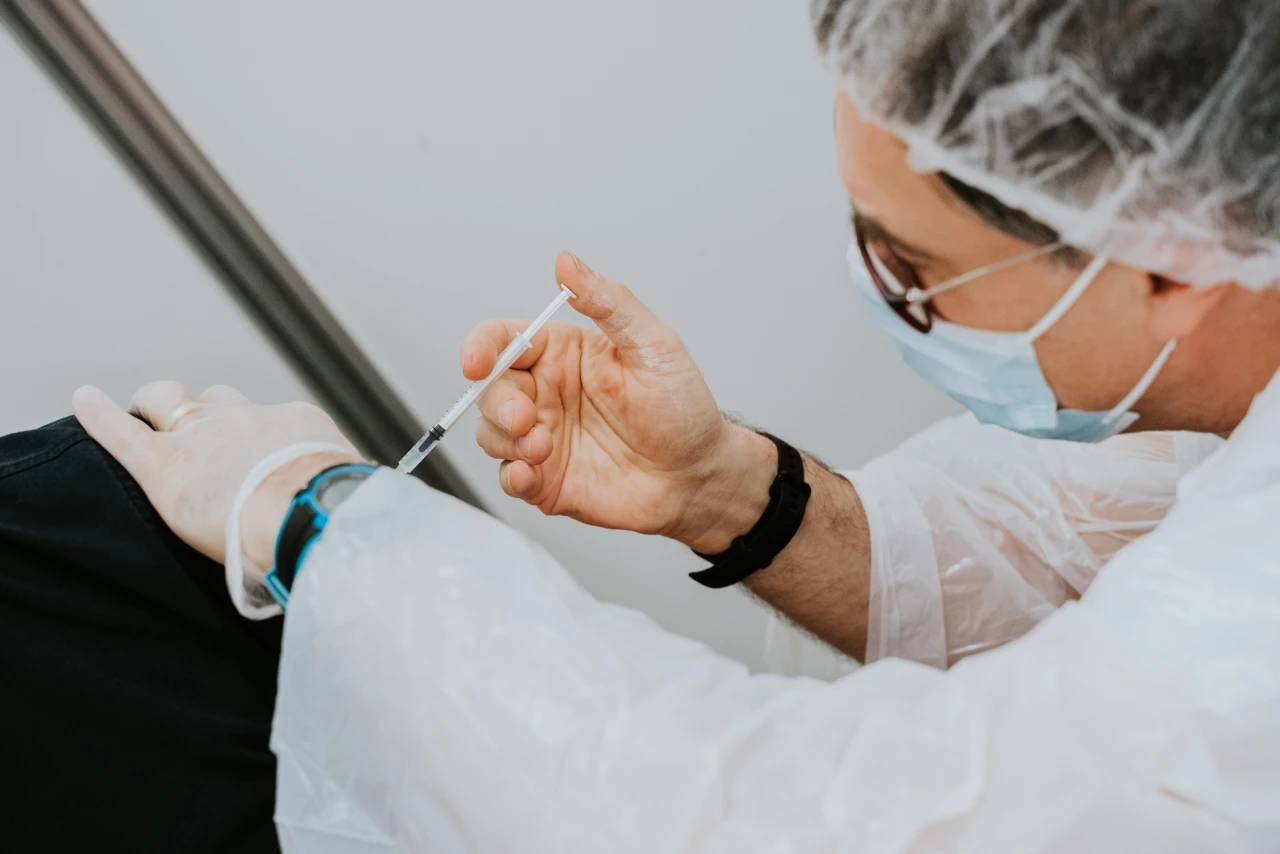U.S. falls to last place in vaccination among G-7 nations, pays a price in human lives
Earlier this year, Japan was notably slow in getting its citizens vaccinated. As the Associated Press reported in May, the rollout of vaccines in Japan started months after first doses were delivered in the U.S., U.K., and many other nations. The nation is also plagued by decades-old scorn for vaccines that goes back to an unfortunate court ruling in the 1990s that gave anti-vaxx sentiment a huge platform—and made it nearly impossible for the government to conduct anything close to mandatory vaccination at any level. In May, with the Olympic Games just weeks away, the vaccination rate in Japan was an amazingly low 1.6%. At that point, the United States had already vaccinated 46% of the total population and over 55% of the adult population.
On September 12, Japan announced that over 50% of the total population had been vaccinated. A few days later, the vaccination rate there passed that in the United States. Of all the nations in the G-7, the United States now ranks dead last when it comes to vaccination rate.
Though the start of the delta wave saw vaccination rates in the U.S. move up slightly from the low point in July, the number of people joining the ranks of the fully vaccinated in the United States is now increasing at a rate of 0.1% a day. This means reaching even the current rate of vaccination in nations like France or Canada is unlikely before the end of the year.
And that difference in vaccination rate means that, while all the nations of the G-7 may be seeing an increase in cases with the spread of the delta variant, the results are very different in the United States when compared to other wealthy nations.
The difference in the percentage of people vaccinated doesn’t seem that extreme, even when looking at the biggest gaps.
Vaccination rates among G-7 nations as of mid-September
However, the effect of these differences can be extreme. As an example, here are the number of new daily COVID-19 diagnoses in the United States compared to those in Germany, where the difference in vaccination rate over the last few months has been between 8% and 10%.
Daily new cases of COVID-19 in the United States and in Germany
Both nations saw a new burst of cases as the delta variant became dominant in the last few months. However, in Germany, that new wave crested at about 40% of the midwinter peak. In the United States, the delta peak reached 65% that of the worst of past surges. It also started earlier and stayed higher for longer. And that’s in spite of a much, much more rigorous testing regime in Germany.
However, that’s not the biggest difference.
Daily new deaths from COVID-19 in the United States and in Germany
Since the first of July, Germany has seen a case fatality rate about half that in the United States. That’s especially notable because, in past waves, the death rate in Germany was much worse than it was in America. But as the rate of vaccination has increased, the death rate in Germany has steadily declined. In the United States, the rate has also improved, but it’s improved more slowly than in Germany or other G-7 nations.
The same results can be seen in Canada. Or in Italy. And while the United Kingdom has seen a much larger delta surge than the other nations on the chart—helped along by “Freedom Day” dropping masking, gathering, and other social distancing requirements just as the delta wave reached its peak—the death rates there have also been sharply lower. Not just lower than in the United States, but much lower than they were in the same nation during previous periods. The case fatality rate in the U.K. over the last two months was just 0,26%. That makes it about one-quarter the rate in the U.S.
Daily new vaccinations in the United States
Since mid-April, vaccination rates in the U.S. have fallen to less than a third of what they were at their peak, and while the rising case counts and deaths generated by the delta wave brought a slight increase, it was genuinely slight. And it appears to be fading.
Instead, what the United States is seeing is an ever more radical right taking extreme steps to make sure that the death rate stays high. As NBC News reports, that includes dragging people out of ICUs to “save” them from treatment.
This is now a step beyond claims that hospitals are inflating death numbers. As Markos has documented, Republicans have crossed over into a world where doctors are “crisis actors.” Or more like “crisis murderers,” out to deny people miracle cures and force them to take deadly drugs in the name of Dr. Fauci.
Even the monoclonal antibodies pushed by Gov. Ron DeSantis and Gov. Greg Abbott aren’t immune to suspicion, as the deepest rungs of the Trumpspiracy now believe these treatments, along with the antiviral Remdesivir, are directly responsible for hundreds of thousands of deaths.
As Civiqs data shows, vaccine hostility among Republicans has barely budged. All those people who were claiming they were waiting for the FDA to approve the vaccine fully? They were lying.
Republican attitudes about vaccines have demonstrated a slight, but only slight, improvement during the delta wave
At the moment, cases in the U.S. are continuing to demonstrate a slow decline, and the most consistently accurate projections show that decline continuing for months to come. But the U.S. is already paying an ugly toll for Republican vaccine hostility and mass delusional behavior. That’s one thing that can’t be expected to improve.

